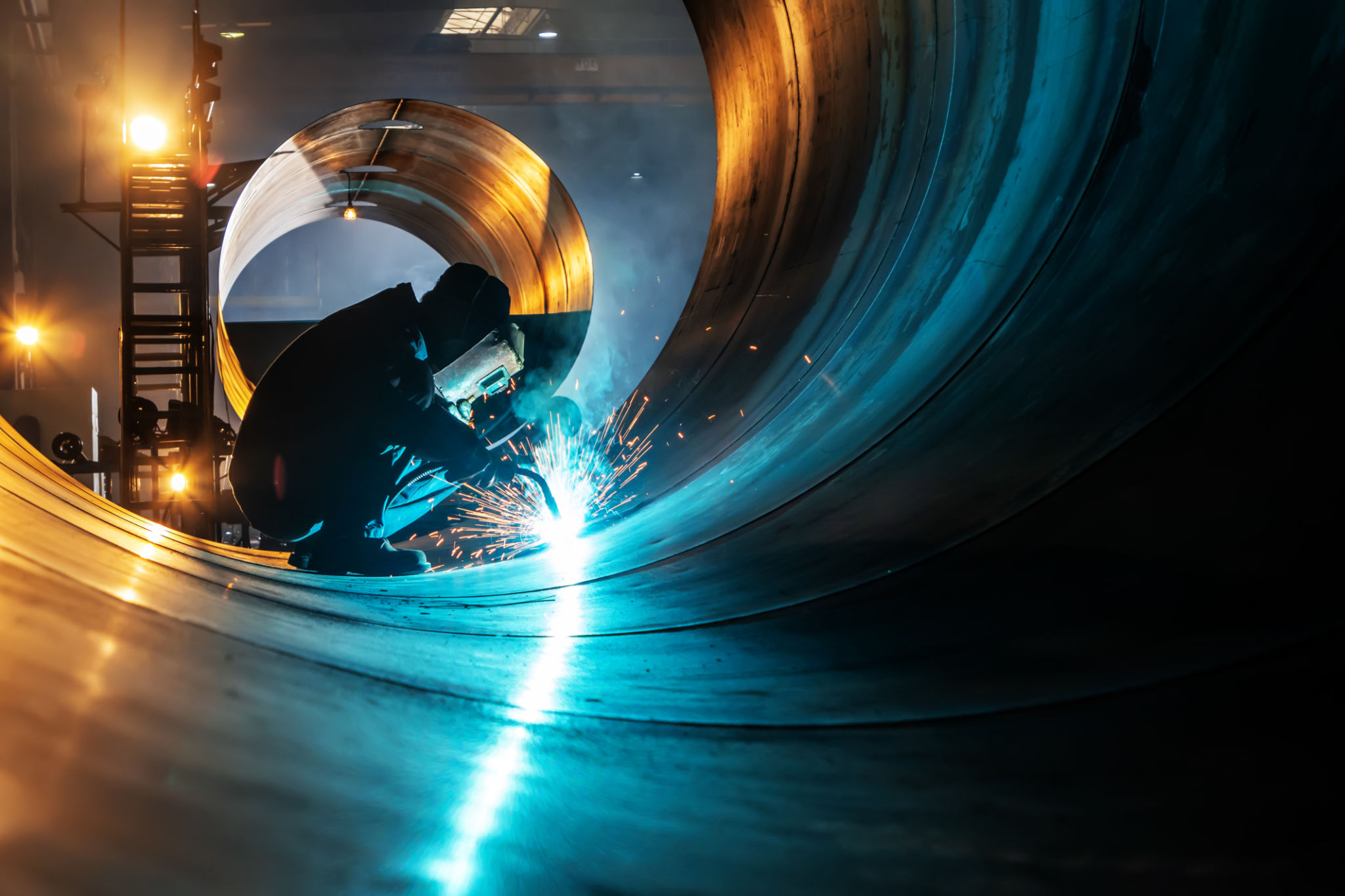Understanding the Metal Fabrication Process: A Beginner's Guide
Metal fabrication is a crucial process in creating a wide range of products, from intricate machinery components to robust structural elements. Understanding the metal fabrication process is essential for anyone interested in manufacturing, engineering, or even DIY projects involving metalwork. This guide will walk you through the basics, providing you with the knowledge to appreciate this fascinating field.

What is Metal Fabrication?
Metal fabrication is the process of transforming raw metal materials into finished products or components. This involves a series of steps, including cutting, bending, and assembling. The goal is to create items with specific shapes and functionalities, tailored to meet particular needs or specifications.
The Importance of Metal Fabrication
Metal fabrication is vital in various industries, including automotive, aerospace, construction, and technology. Its significance lies in its ability to produce durable and precise components that are essential for the functionality and longevity of products and structures.
Key Steps in the Metal Fabrication Process
The metal fabrication process can be broken down into several key steps:
- Design and Prototyping: This initial stage involves creating a detailed design using CAD software. Prototypes may be developed to test the design's feasibility.
- Cutting: Raw metal sheets are cut into desired shapes using tools like lasers, plasma torches, or water jets.
- Bending: The cut metal pieces are bent into specific angles or curves using press brakes or other bending equipment.
- Assembling: The individual components are joined together through welding, riveting, or fastening methods to form the final product.

Tools and Techniques
The tools and techniques used in metal fabrication vary depending on the project's complexity and the material involved. Common tools include shears, saws, and welders, while techniques can range from traditional methods to advanced computer-controlled processes.
Materials Used in Metal Fabrication
Different metals serve various purposes in fabrication. Commonly used materials include:
- Steel: Known for its strength and versatility, steel is often used in construction and manufacturing.
- Aluminum: Lightweight and corrosion-resistant, aluminum is popular in automotive and aerospace applications.
- Copper: Valued for its electrical conductivity, copper is frequently used in electrical components.

Challenges and Considerations
Metal fabrication presents several challenges, such as ensuring precision and maintaining quality while optimizing costs. Fabricators must consider factors like material properties, environmental conditions, and technological advancements to achieve successful outcomes.
The Future of Metal Fabrication
The future of metal fabrication looks promising with advancements in automation and technology. Innovations such as 3D printing and robotics are transforming traditional methods, making fabrication more efficient and sustainable. These developments are expected to expand the possibilities of what can be achieved in metalwork.
Understanding the metal fabrication process provides a foundation for exploring this essential industry further. As technology continues to evolve, the impact and capabilities of metal fabrication will only grow, offering exciting opportunities for innovation and creativity in manufacturing.
